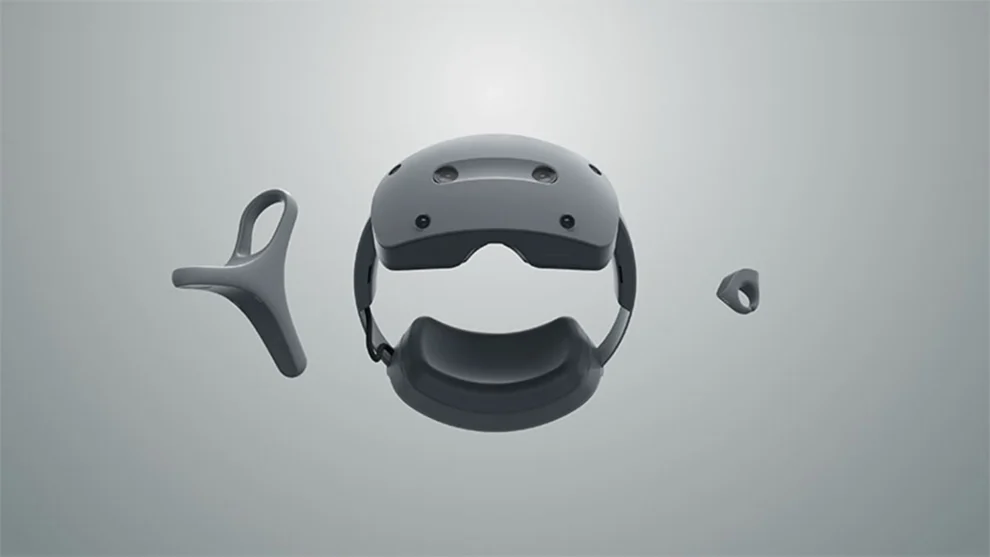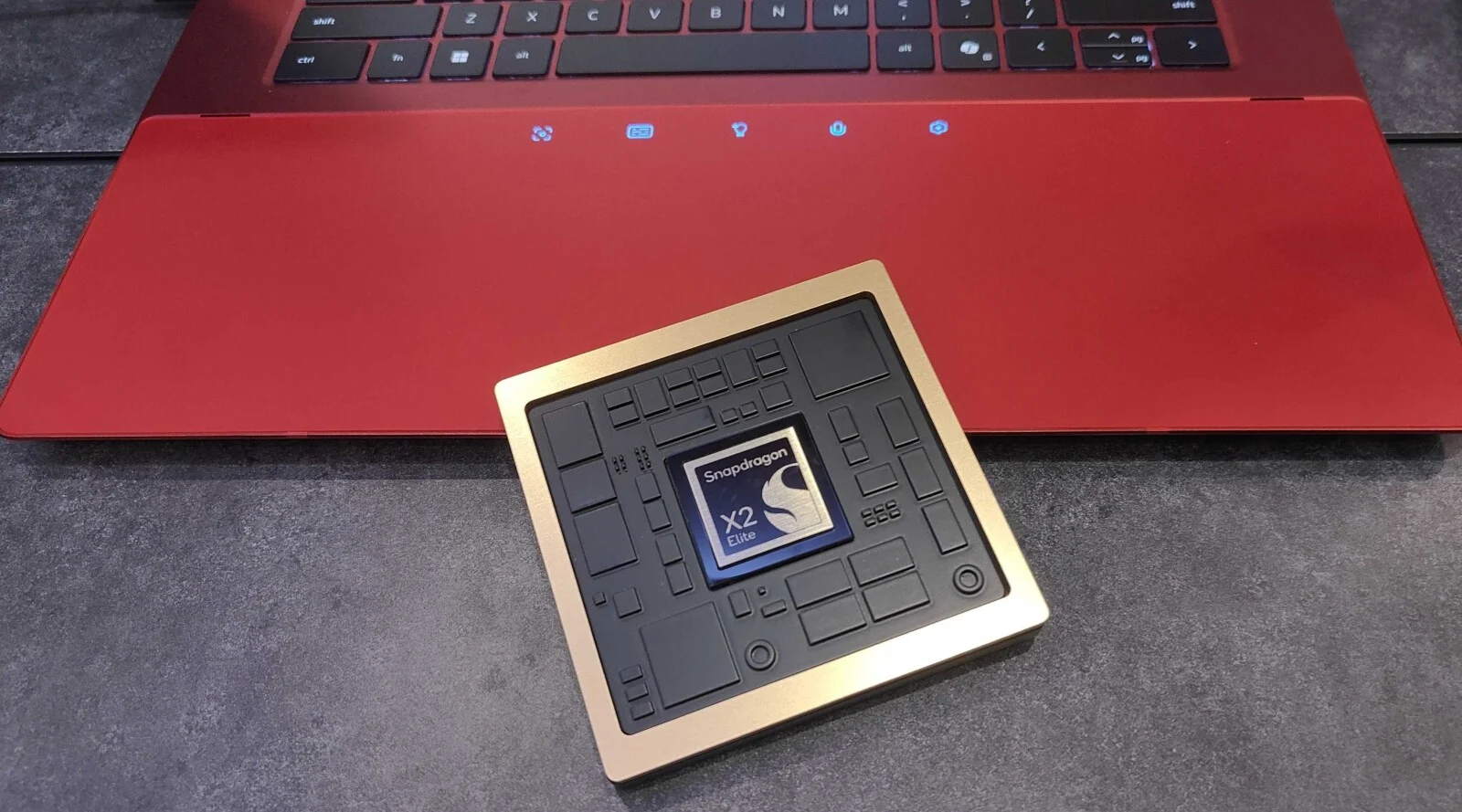Sony, the tech giant renowned for its PlayStation and consumer electronics, is making a significant foray into the enterprise market with its new mixed reality (MR) headset, the SRH-S1. Priced at $4,750 and set to launch in February 2025, this device is poised to revolutionize industrial design and manufacturing processes. Developed in collaboration with Siemens, the SRH-S1 boasts cutting-edge technology and a robust suite of features designed to enhance productivity and collaboration in the industrial metaverse.
This isn’t Sony’s first rodeo in the XR space. They’ve been a dominant player in the VR gaming market with their PlayStation VR headsets. However, the SRH-S1 marks a clear strategic shift towards the enterprise sector, where the demand for immersive technologies is rapidly growing. The headset was initially teased at CES 2024, but details were scarce. Now, with a concrete release date and pricing, we can finally delve into what this device offers and its potential impact on industries.
Key Features and Specifications:
- Standalone Functionality: Unlike many VR headsets that require tethering to a PC or console, the SRH-S1 operates independently, providing users with greater mobility and flexibility.
- High-Resolution Displays: Equipped with Sony’s own ECX344A OLED microdisplays, the headset delivers an impressive 13.6MP (3,552 × 3840) resolution per eye, ensuring crisp and detailed visuals crucial for intricate design work.
- Powerful Processing: The Qualcomm Snapdragon XR2+ Gen 2 chipset powers the SRH-S1, enabling smooth performance and complex rendering tasks.
- Real-time 3D Rendering: Sony’s proprietary rendering technology allows for real-time visualization of 3D objects, facilitating collaborative design reviews and modifications.
- Integration with Siemens’ Software: The headset seamlessly integrates with Siemens’ suite of MR tools, providing access to powerful design and simulation software.
Target Audience and Use Cases:
While initially marketed towards creatives, Sony and Siemens have refined their focus to industrial applications. The SRH-S1 is aimed at professionals in sectors like manufacturing, engineering, and product design. Here are some potential use cases:
- Product Design and Prototyping: Designers can visualize and manipulate 3D models in real-time, allowing for rapid iteration and refinement.
- Manufacturing Training: The headset can create immersive training simulations for complex assembly tasks, improving worker proficiency and reducing errors.
- Remote Collaboration: Teams located in different geographical locations can collaborate on design projects in a shared virtual environment.
- Maintenance and Repair: Technicians can use the headset to access real-time information and guidance while performing maintenance or repairs on equipment.
My Take on the SRH-S1:
Having closely followed Sony’s advancements in XR, I’m particularly excited about the SRH-S1. The combination of high-resolution displays, standalone functionality, and integration with Siemens’ software makes it a compelling proposition for businesses looking to leverage the power of the industrial metaverse. The price point, while high, reflects the advanced technology packed into this device. I believe the SRH-S1 has the potential to significantly accelerate design cycles, improve training effectiveness, and foster greater collaboration in industrial settings.
Addressing Potential Concerns:
- Price: The $4,750 price tag might be a barrier for some businesses, especially smaller companies. However, for larger enterprises, the potential ROI in terms of increased productivity and reduced errors could justify the investment.
- Software Ecosystem: The success of the SRH-S1 will depend heavily on the availability of compelling software applications. While Siemens’ tools provide a strong foundation, a thriving ecosystem of third-party apps will be crucial for wider adoption.
- User Comfort: Extended use of VR and MR headsets can sometimes lead to discomfort. It remains to be seen how comfortable the SRH-S1 is for prolonged use in industrial settings.
The Future of Industrial Design:
The SRH-S1 represents a significant step towards the realization of the industrial metaverse. By seamlessly blending the physical and digital worlds, MR technology has the potential to transform how products are designed, manufactured, and maintained. Imagine engineers collaborating on a virtual prototype, making real-time modifications and seeing the results instantly. Or technicians receiving step-by-step instructions for complex repairs overlaid onto their field of view. These are just a few examples of how MR can revolutionize industrial processes.
Sony’s entry into the enterprise MR market with the SRH-S1 is a bold move. The headset’s impressive specifications, coupled with its integration with Siemens’ software, make it a powerful tool for businesses looking to embrace the industrial metaverse. While the price point might be a hurdle for some, the potential benefits in terms of increased productivity, improved training, and enhanced collaboration are undeniable. As the technology matures and the software ecosystem expands, we can expect to see even more innovative applications for MR in the industrial sector.








